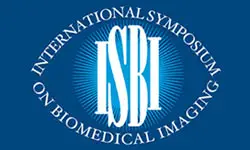Lightweight Connectivity In Graph Convolutional Networks For Skeleton-Based Recognition
Hichem Sahbi
-
Members: FreeSPS
IEEE Members: $11.00
Non-members: $15.00Length: 00:08:24
20 Sep 2021
Graph convolutional networks (GCNs) aim at extending deep learning to arbitrary irregular domains, namely graphs. Their success is highly dependent on how the topology of input graphs is defined and most of the existing GCN architectures rely on predefined or handcrafted graph structures. In this paper, we introduce a novel method that learns the topology (or connectivity) of input graphs as a part of GCN design. The main contribution of our method resides in building an orthogonal connectivity basis that optimally aggregates nodes, through their neighborhood, prior to achieve convolution. Our method also considers a stochasticity criterion which acts as a regularizer that makes the learned basis and the underlying GCNs lightweight while still being highly effective. Experiments conducted on the challenging task of skeleton-based hand-gesture recognition show the high effectiveness of the learned GCNs w.r.t. the related work.



